
_
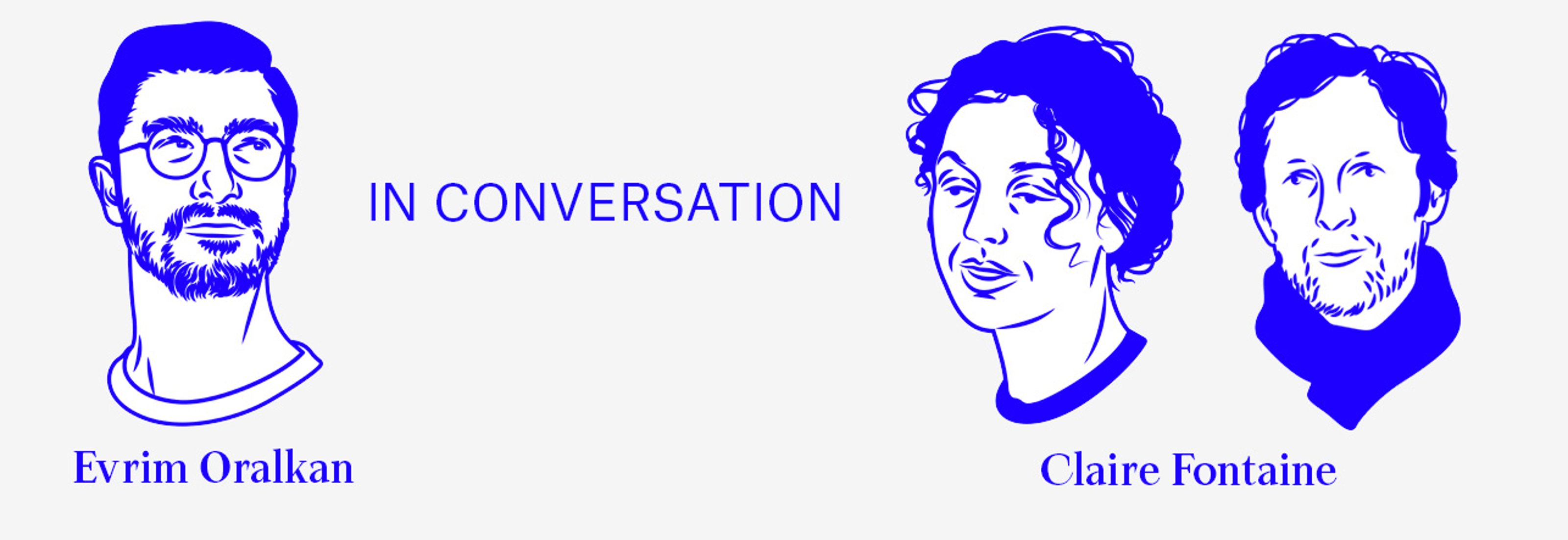
_
Claire Fontaine is a collective that was created in Paris and now lives in Palermo. She lifts her name from a popular French stationery brand, which emphasizes the ready-made nature of her practice. Her assistants are the Italian-British artist duo Fulvia Carnevale and James Thornhill.
Evrim Oralkan: Just like you, Jessica and I operate as a collective with Collecteurs. We complement each other and together become a more solid entity. What’s your take on being a collective? Is two really better than one?
Claire Fontaine: We say that we are a collective artist, in the sense that each of us is inhabited by different voices and desires and they all speak inside Claire Fontaine: we see it as a device of desubjectivization, a way of getting rid of autobiographical limitations and personal neurosis. Claire Fontaine is a device that allows us to have a practice of freedom, to pursue a research that challenges both: the depressive grayness of most academic theory and the superficial visual opportunism of large parts of the contemporary art world. We try not to objectify ourselves through self-branding our individualities and to have a meaningful production and research by exploring problems from different angles, without applying any hierarchy between different medias and disciplines. So, yes being more than one is the very condition for cultivating these possibilities. We believe that contemporary art is the best space for this type of work.
Claire Fontaine – France (burnt/ unburnt), 2011
Artwork: Claire Fontaine – Strike (K. font V.I.), 2005
EO: While you cover revolutionary subjects originating from late ‘60s in France and late ‘70s in Italy, you don’t want these to be taken literally; you actually point to the failed nature of revolutionary attempts and the ashes they left behind. Do you believe a revolution is still possible?
CF: We actually mostly address matters that relate to our present and if we do convoke the past it’s always from today’s perspective. The ‘60s and the ‘70s seen from the 2000s don’t look similar to the way they were read and described in the ‘90s. More than focusing on the ashes of the past uprisings, we try to reactivate the legacy of the movements and contents that we mobilize. Of course revolutions are still possible, there are small ones happening all the time and large ones are necessary if we want to preserve life on the planet.
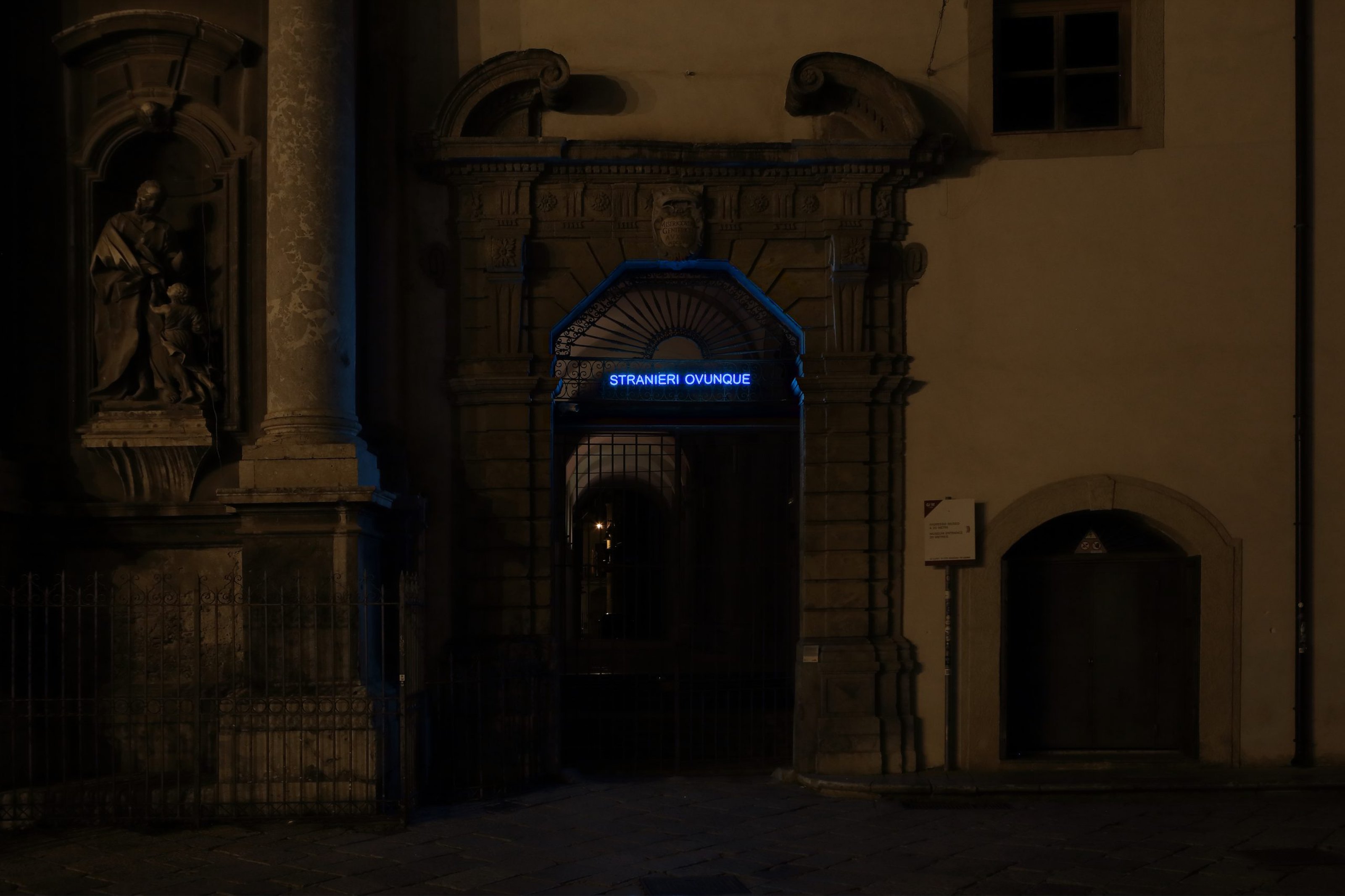
Claire Fontaine, Foreigners Everywhere (Italian), 2004 (photo: Fausto Brigantino)
Courtesy of Claire Fontaine and Galleria T293, Rome
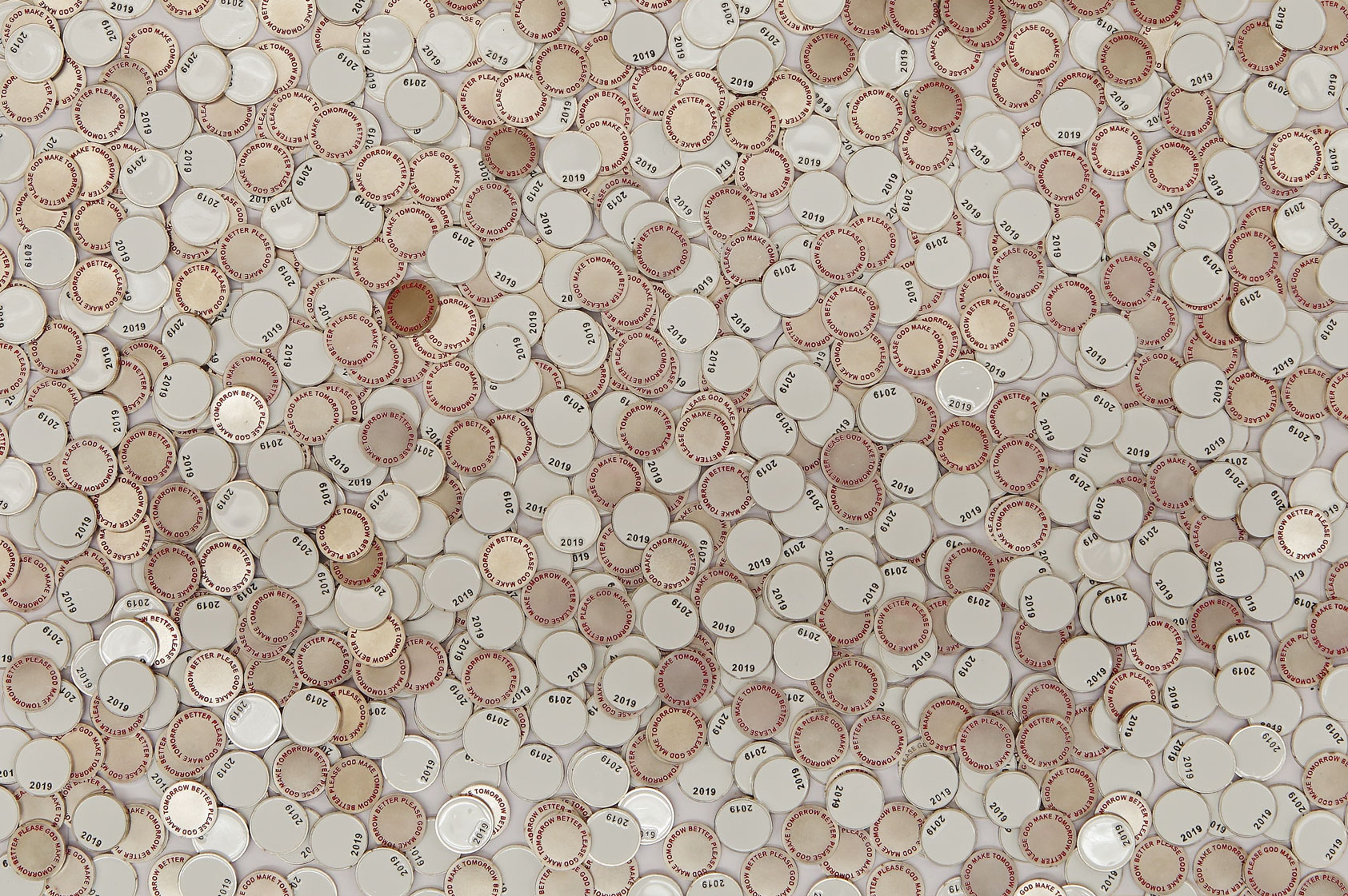
Claire Fontaine, Capitalism Kills Love, 2008
Claire Fontaine – Capitalism Kills (Love), 2008
EO: Your anarchist politics and your rejection of capitalism are well known, yet you, just like us, have to operate in this system and profit from it as well. I think it is impossible to operate outside of the capitalistic system, but possible for capitalism to evolve to become more conscious if more people strive for it. In that sense, your practice is crucial in creating new conversations. What are some of the ways you find to challenge and question the system in which we all live in?
CF: Profiting from a system is not the same thing as living inside it and criticizing its outright perversions and destructive logics, profiting from structural injustices means silently exploiting the people that can’t aspire to earn as much as one does. Now, artists don’t exploit anyone, they do something totally unnecessary so they can’t force anyone to buy or exhibit their work, not even to look at it. We really don’t see ourselves as commercially successful artists, having it both ways, but we are not moralists and if one could have it both ways without harming anyone, why not? Receiving recognition isn’t profiting from anything, just finding a resonance and an audience, getting credit for one’s work and passion. Regarding the supposed outside of capitalism, of course there isn’t anything like that, everyone knows it: each possibility of escaping exploitation and control is systematically tracked and criminalized during this phase. It looks like people with time on their hands and ideas in their heads are dangerous for the status quo. We don’t believe in any positive “evolution” of capitalism.
Artwork: Claire Fontaine / Jeton (Please God), 2016 (photo: Fausto Brigantino). Courtesy of Claire Fontaine
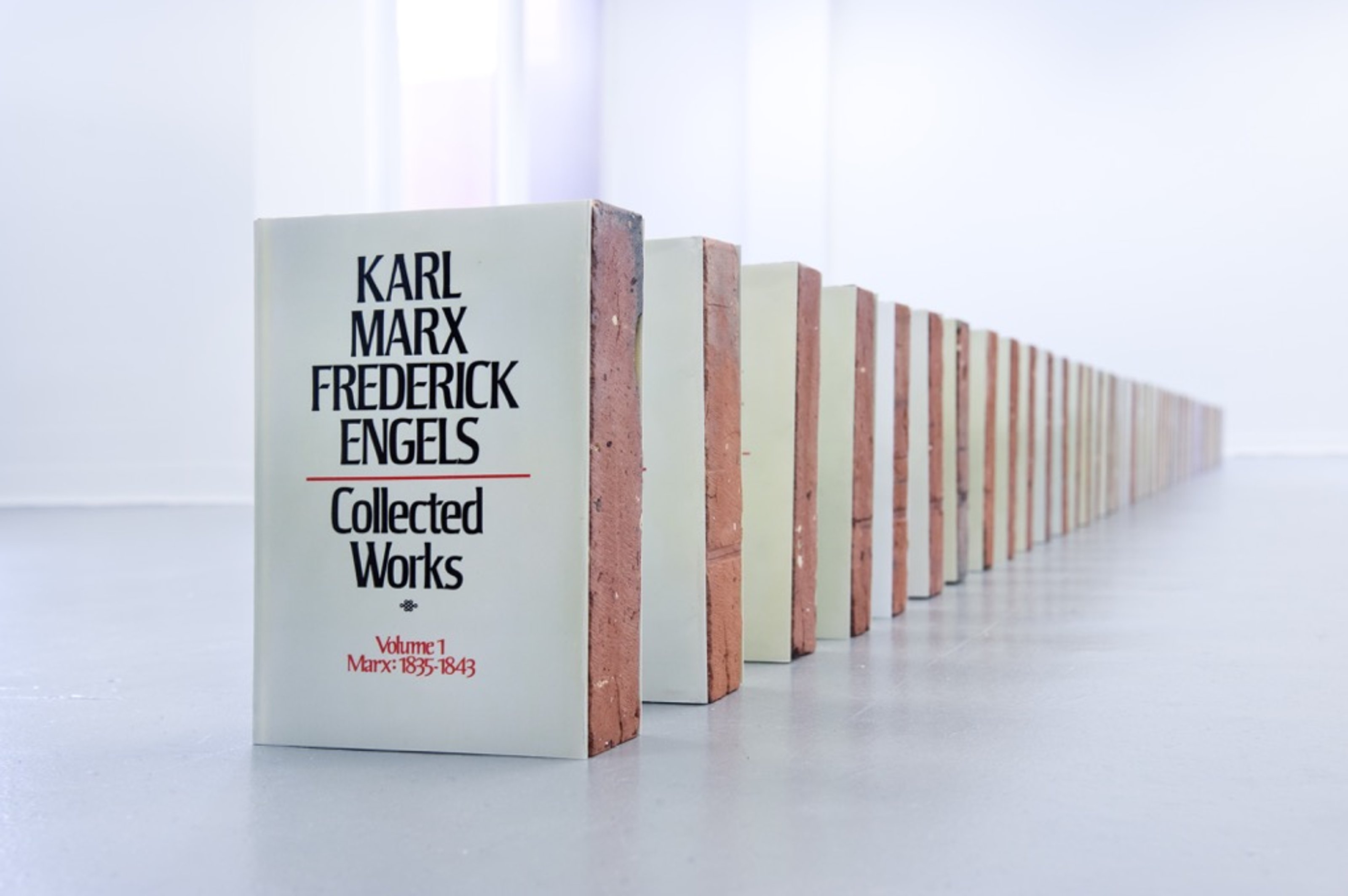
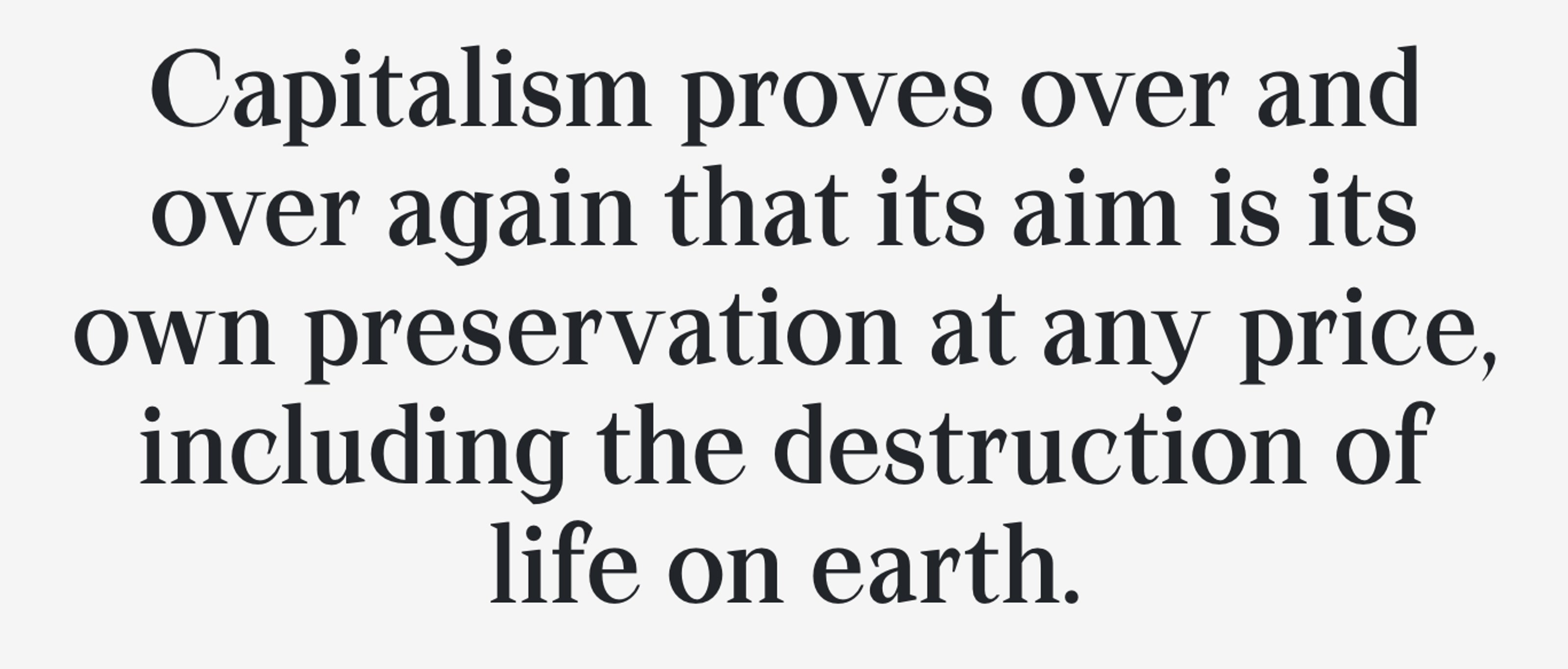
Capitalism proves over and over again that its aim is its own preservation at any price, including the destruction of life on earth. The predatory use of natural and human resources isn’t new, what’s new is the knowledge that both these resources are limited: women and people of color cannot systematically be abused and exploited, nature cannot provide for an insane rhythm of consumption. It’s very simple: we are all having to reconnect with our human nature outside of the semiotics of capitalism. And we don’t even have much time left to do so. We call this process magic materialism, because we are inspired by the analysis of Silvia Federici in Caliban and the Witch where she describes the industrial revolution as a systematic destruction of a certain way of life and idea of nature through witch-hunt and the repression of peasants’ habits. She writes that this has been as fundamental as the enclosures in creating contemporary capitalism. It’s because we have a body no longer symbolically or practically connected to the elements that we are causing the current disaster and that’s where the tie between patriarchy and capitalism becomes clear. They are both a shortsighted logic of self-affirmation and domination upon life, not of nurturing coexistence between beings. We need radical change: reforms will just have us drowned or dead of thirst, depending on the part of the planet we inhabit.
Artwork: Claire Fontaine – MECW (Karl Marx Frederick Engels Collected Works Brickbats), 2016
EO: Nick Srnicek describes Platform Capitalism as the current stage of capitalist development, as a means of consolidating or seizing a kind of monopolistic control over not only distribution but also production. Srnicek further argues that the platform castle is made of sand and that the logic of capital itself, which is profit, will win out. In your opinion, is this just a new phase of the capitalistic economy or something entirely different?
CF: The current phase of capitalism is characterized by the re-emergence of archaic aspects that we might have thought we had left behind us in the western countries after WWII, such as mass poverty and homelessness. The tendency to monopolize and create oligarchic dynamics strongly remind us of medieval societies. All of this is inevitable if one believes in the self-regulation of free markets and one must also say that the role of the supposedly democratic (or non-democratic) governments in the regulation of this disaster has shown to be deeply weak and corruptible. We need a deep transformation, not a different balance. Where profit appears clearly, it becomes the only horizon.
Claire Fontaine – Untitled (same war time zone), 2016-18
Claire Fontaine – Untitled (same war time zone), 2016-18
EO: In the same sense, I don’t think it is possible to separate art’s capital value from its cultural value. We have been proponents of nurturing the cultural value of art but we also understand that the capital value will come in to play at some point. What are your thoughts about the future of the cultural vs. capital for art?
CF: Capital, when it comes to art, gets in touch with its nonsensical nature: there are no criteria that can be established or validated when it comes to attributing value to an artwork. It’s actually fascinating. What we are interested in is the existential use value of artworks – that rich people and collectors naturally always want to keep secret. It’s by having a personal and intimate dialogue with an artwork that this “thing” can change our life, a fleeting encounter in a museum is certainly wonderful and enriching but the coexistence with an artwork is priceless. That’s what some record prices at auctions are trying to match.
End.
This interview is part of a series of special features for the exhibition ‘1-31’ curated by Adam Carr.